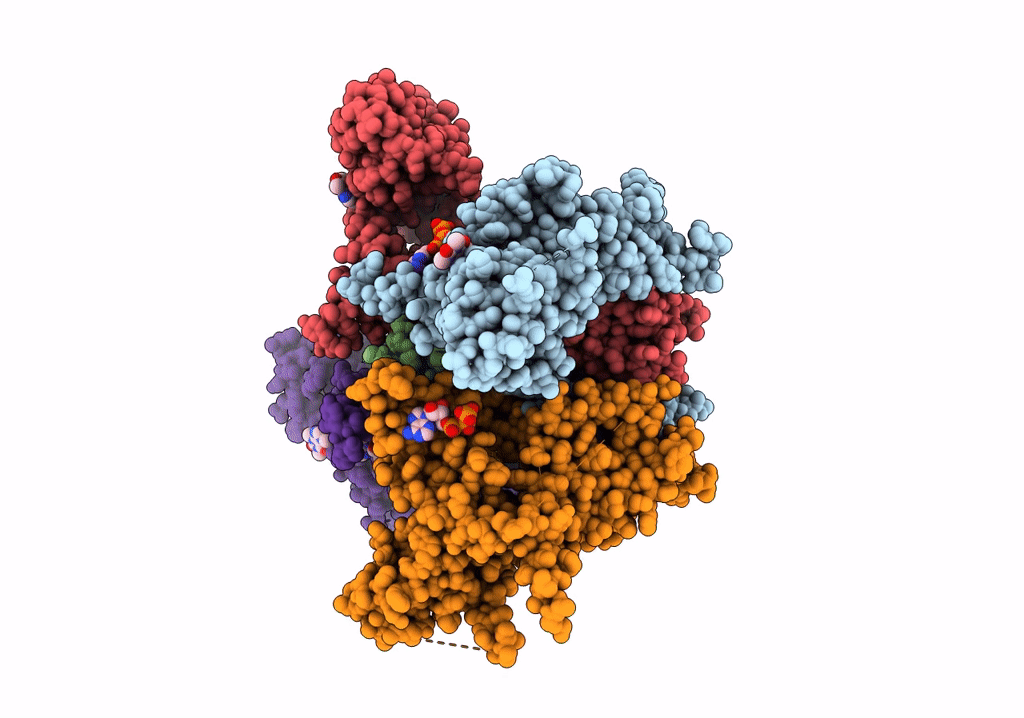
Deposition Date
2022-07-25
Release Date
2023-05-31
Last Version Date
2024-11-13
Entry Detail
PDB ID:
8DTB
Keywords:
Title:
Focus/local refined map in C1 of signal subtracted RyR1 particles in complex with ImperaCalcin
Biological Source:
Source Organism:
Pandinus imperator (Taxon ID: 55084)
Oryctolagus cuniculus (Taxon ID: 9986)
Oryctolagus cuniculus (Taxon ID: 9986)
Method Details:
Experimental Method:
Resolution:
3.14 Å
Aggregation State:
PARTICLE
Reconstruction Method:
SINGLE PARTICLE


